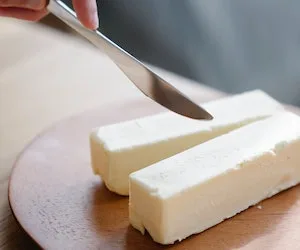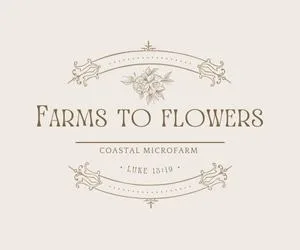
Butter, a culinary staple that adds richness and depth to countless dishes, is a versatile and beloved ingredient in kitchens around the world. As a butter enthusiast and expert, I’ve explored various types of butter, each with its own unique characteristics and applications. In this article, we’ll delve into the different types of butter, their origins, and their uses in cooking and baking.
- Unsalted Butter
Also known as sweet cream butter, unsalted butter is made from fresh cream with no added salt. This type of butter allows for greater control of the salt content in recipes, making it a popular choice among chefs and bakers. Unsalted butter is ideal for baking, as well as for making delicate sauces like hollandaise or béarnaise.
- Salted Butter
Salted butter is made by adding salt to the butter-making process, giving it a slightly salty flavor. This type of butter is perfect for spreading on toast, cooking, and baking recipes that call for salted butter. The salt content in salted butter can vary, so be sure to adjust the additional salt in your recipes accordingly.
- Cultured Butter
Cultured butter is made by fermenting cream with live bacteria before churning it into butter. This process gives cultured butter a tangy, slightly sour taste and a rich, creamy texture. It is particularly popular in European cuisines and can be used in both sweet and savory dishes. Many bakers find that the added tang enhances the flavor of their baked goods.
- European-Style Butter
European-style butter has a higher fat content (typically around 82-86%) than standard American butter (around 80%). This higher fat content results in a creamier, richer taste and texture, making European-style butter a popular choice for baking and spreading on bread. European-style butter is available in both salted and unsalted varieties.
- Clarified Butter (Ghee)
Clarified butter, or ghee, is made by heating butter to separate the milk solids and water from the pure butterfat. The resulting golden liquid is pure butterfat with a higher smoke point than regular butter, making it perfect for high-heat cooking and frying. Ghee has a slightly nutty flavor and is a staple ingredient in Indian cuisine.
- Compound Butter
Compound butter is a flavored butter made by mixing softened butter with various herbs, spices, or other flavorings. Examples of compound butter include garlic and herb butter, citrus butter, and honey-cinnamon butter. Compound butters can be used to add a burst of flavor to dishes like grilled meats, vegetables, or simply spread on a warm piece of bread.
- Whipped Butter
Whipped butter is made by incorporating air into softened butter, resulting in a light and airy texture that’s easy to spread. This type of butter is popular in restaurants and cafes for spreading on toast, muffins, or pancakes. Whipped butter is not recommended for baking, as the added air can negatively affect the texture of baked goods.
Conclusion
Butter, in its many forms, is a versatile and flavorful ingredient that can elevate your cooking and baking to new heights. By understanding the differences between these types of butter and their specific uses, you can enhance the flavor and texture of your dishes, making every meal a memorable and delicious experience.
|
ReplyForward
|
